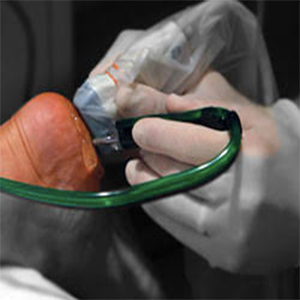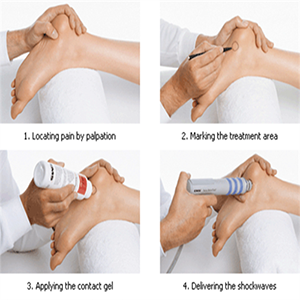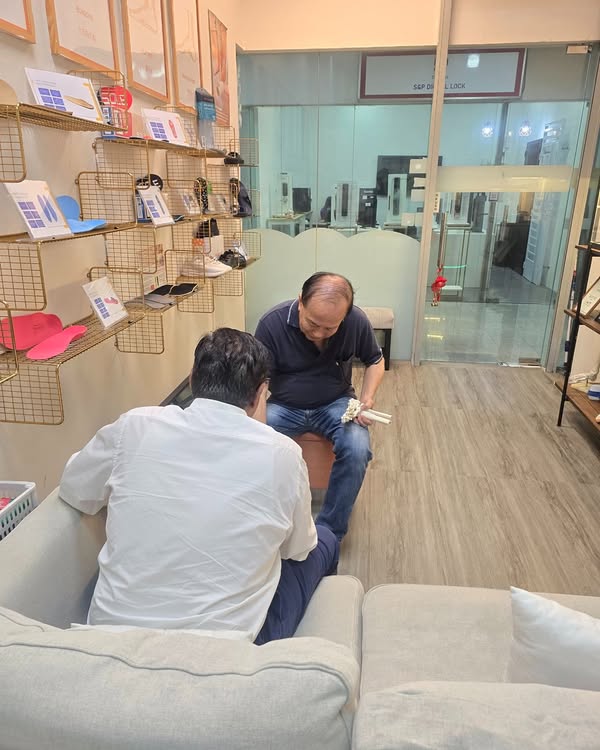If a stabbing pain in the heel is the first thing you have to deal with when you step out of bed, you may be suffering from plantar fasciitis. This pain usually worsens with the first few steps after you get on your feet. It can also be felt after long periods of standing or after an exercise.
The condition is caused by inflammation of the plantar fascia, which is the tissue connecting your heel and the toes.
What Causes plantar fasciitis?
Although it is common in women, men can also get plantar fasciitis. Typically, this condition is triggered by several factors, such as your age; being overweight, or being in a job that requires you to be on your feet for a few hours a day.
Besides the above, your risk can also increase if you:
• Have a very high arch or flat feet
• Wear worn-out shoes that have thin soles
• Wear high-heeled shoes so often
• Have an odd walk or foot position
• Have tight Achilles tendons
What are the treatment options for plantar fasciitis?
Avoiding things that trigger plantar fasciitis and reducing inflammation in plantar fascia ligament is an integral part of the treatment, but it doesn’t deal with the underlying damage in the ligament.
If worried about the pain, you can consider:
Medications
Use of pain relievers like naproxen sodium (Aleve) and ibuprofen (Motrin IB, Advil, and others) can relieve pain and inflammation caused by plantar fasciitis.
Therapies
Physical therapy– A series of exercises that strengthen your lower leg muscles and stretches the plantar fascia as well as Achilles tendon can help stabilize your ankle and heel, and offer healing.
Splint-You can wear a splint to help stretches the arch of your foot and calf while you sleep.
Orthotics– Our specialists can prescribe custom-fitted arch or off-the-shelf supports (orthotics) to aid even distribution of pressure to your feet.
Surgical procedures
Tenex procedure-It’s a minimally invasive process that removes plantar fasciitis scar tissue without surgery
Extracorporeal shock wave therapy-The procedure involves directing sound waves to the affected area to stimulate healing. This method is especially suitable for chronic plantar fasciitis that fails to respond to more conventional treatments.
Injections– Injecting a particular type of steroid prescription into the affected area can offer you temporary pain relief. Recently, platelet-rich plasma is used, under the guidance of ultrasound to relieve pain with less threat of tissue rupture.
Surgery– Few people go through the surgery that detaches the plantar fascia from your heel bone. It’s only an option if your pain is severe and everything else fails.
So, if you happen to be suffering from plantar fasciitis, whether it is 1 week in or more than 1 year, there are different treatment modes for you. Start taking care and know that you can recover completely from plantar fasciitis. Don’t let it drag on any further!
If you are still not sure, feel free to give us a call and we will be happy to help! (+65 6542 0254)





